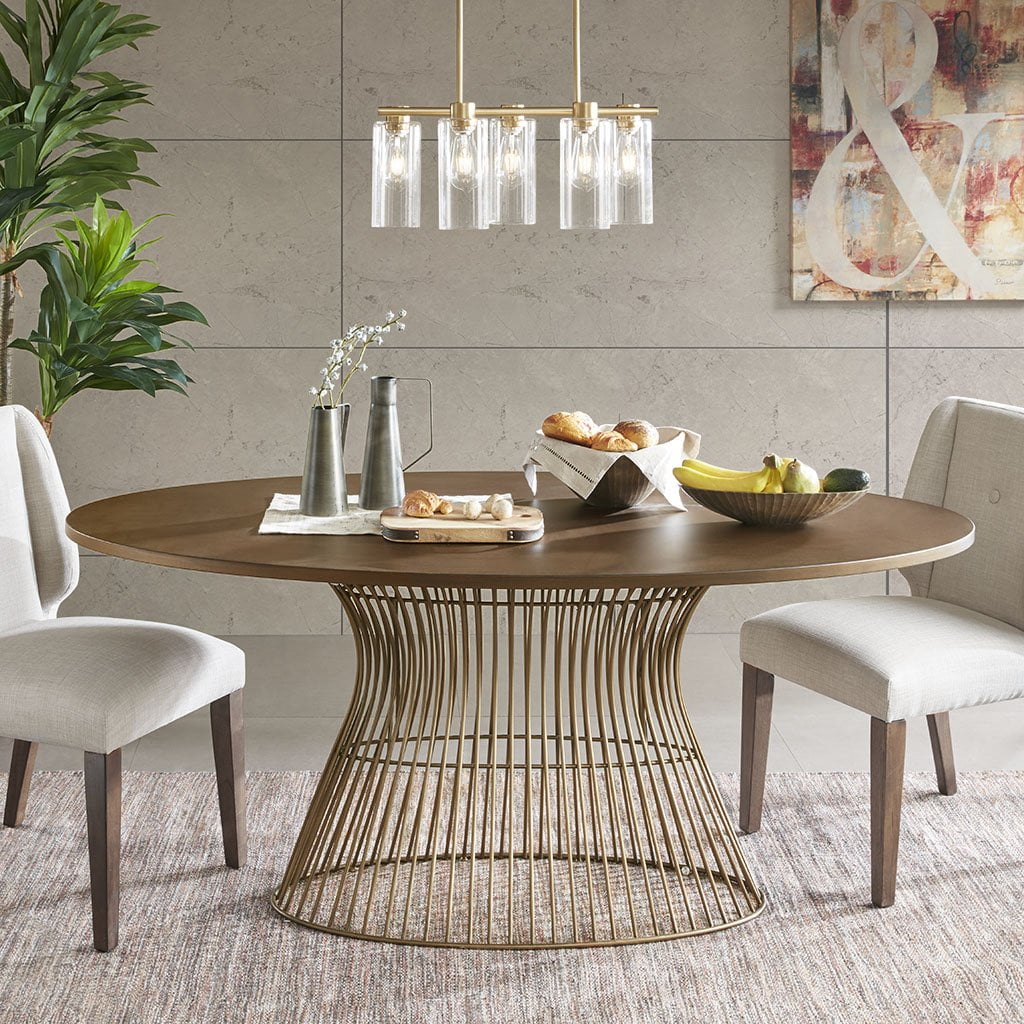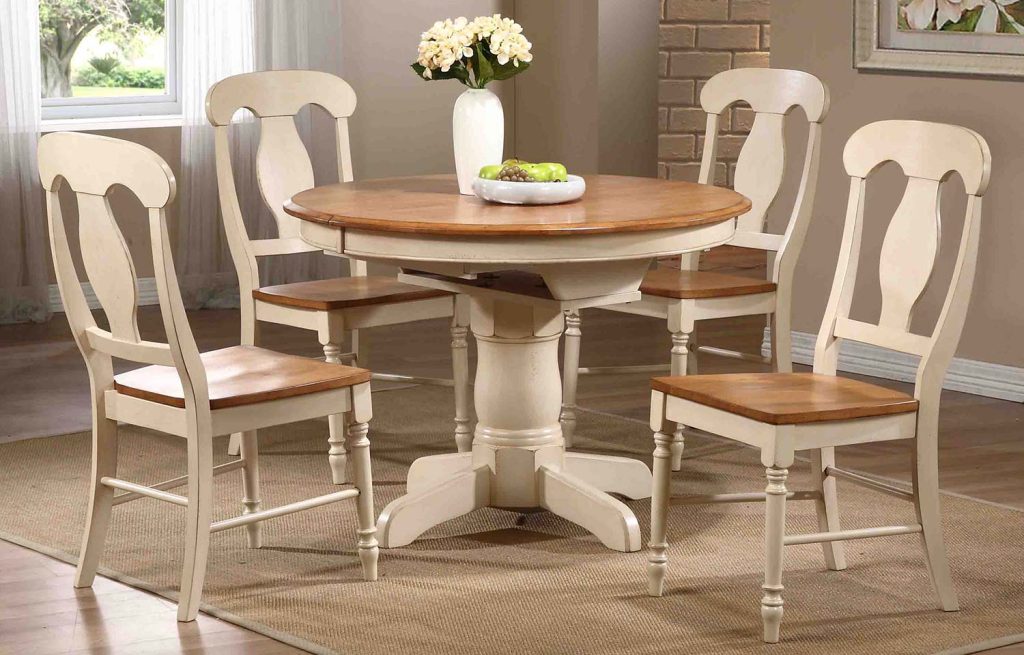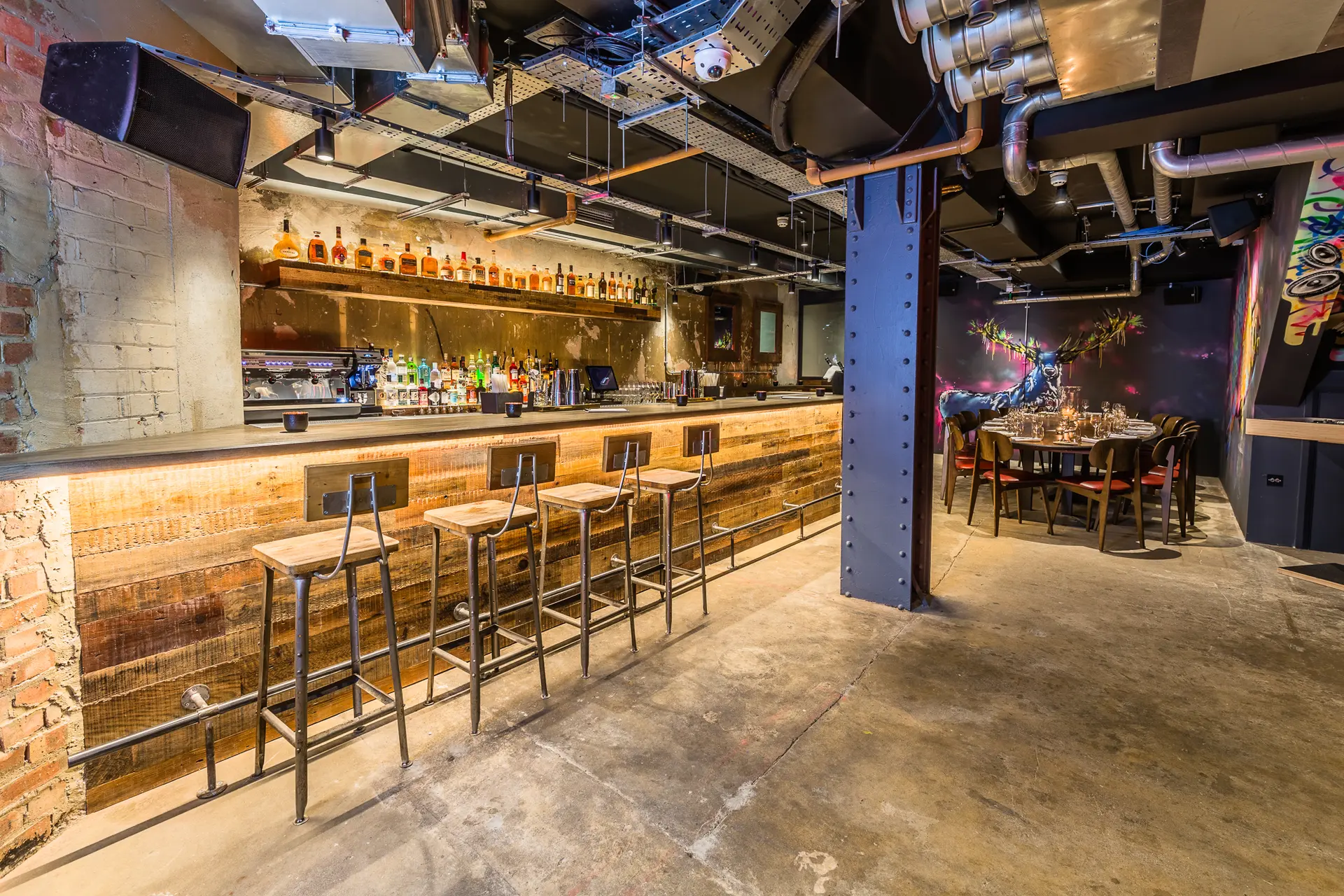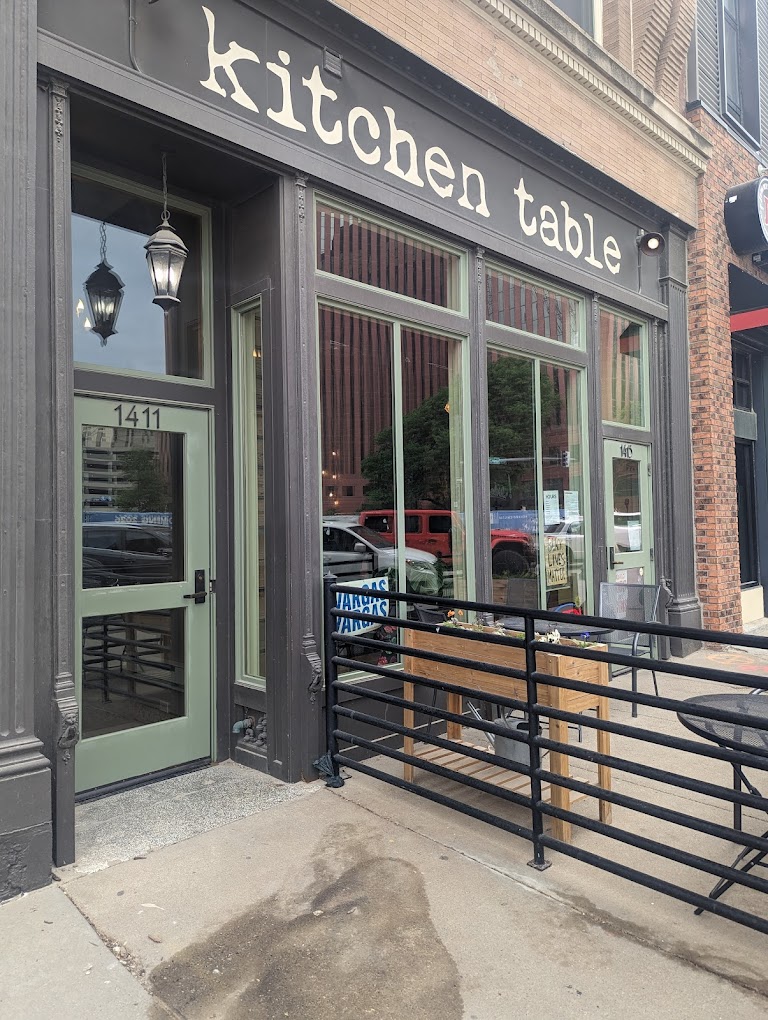Round dining tables offer several advantages over rectangular or oval shapes that make them popular choices for kitchens and dining rooms. Their circular design allows for effortless face-to-face conversation without any head of the table disputes. The uniform shape also enables flexible seating arrangements to accommodate various group sizes. But how many chairs actually fit around a standard 72-inch diameter table?
Optimal Personal Space Around a Dining Table
To determine realistic seating capacity for a 72-inch round table, consider first how much elbow room each diner needs. While physically cramming in more chairs is possible, conversations and eating get hindered without adequate personal space. As a rule of thumb, allow:
- 24 to 30 inches width for each place setting
- At least 28 inches depth front-to-back between place settings
This leaves sufficient room for plates, glasses, reaching for serving dishes, comfortable arm movement while eating, and pushing back chairs with ease. Now we can use the circumference formula to calculate maximum seating.

Doing the Circumference and Space Math
The formula for finding the circumference of a circle uses the constant π (3.14) times the diameter. So for a table with a 72-inch diameter: the circumference is 226 inches around.
Next we divide the total circumference by the ideal 24 to 30-inch width per place setting to determine number of seats:
For 24 inches per setting: 9-10 guests
For 30 inches per setting: 7-8 guests
Therefore, with adequate personal space, a 72-inch round dining table comfortably seats 7 to 10 adults on standard dining chairs. Now let’s add some other considerations.

Accounting for Table Bases and Mobility Limitations
The above calculations assume just the flat table surface and individuals pivoting chairs effortlessly as needed. In reality, a table base or legs along with chair backs limit some motions:
Bulky central pedestal bases take up space equal to one chair width or another place setting. So subtract one seat.
Separate table legs have smaller profiles when they connect near chair backs allowing pretty open placement.
High-backed chairs prevent leaning back and sliding over easily. This compels more width per chair.
Mobility-challenged guests need ample room to maneuver walkers, wheelchairs or braces around a stationary chair on one side. Allow 32 to 36 inches width per disabled guest.

Applying the Adjustments
On a 72-inch round table with central base, expect to fit about 8 average-sized place settings comfortably.
Optimize to 9 seats by using slender pedestal bases and armless chairs with low backs. For a guest needing mobility space, limit total place settings to 7 around this diameter table.
While the 72-inch size looks expansive for everyday meals with fewer people, when hosting larger gatherings, space fills up rapidly.
Carefully assess needs before purchasing to ensure your chosen dining table realistically supports both routine usage and entertaining needs.
Configuring a 72-Inch Round Table for Maximum Seating
Sometimes you need to temporarily maximize just how many people can cram together around a 72-inch diameter dining table. Here are some space-saving adjustments possible:
- Use backless stools instead of standard dining chairs to gain several extra inches overall.
- Place small children sideways at ends of the table on phone book booster seats.
- Use half-rounds of plywood covered with tablecloths secured under the main surface to temporarily extend table space.
Arrange the most chairs feasible around a fully cleared table for special events, then have additional seating available nearby that people can pull over only while actively eating.
Conclusion
While tight, in a pinch 11 adults can squeeze elbow-to-elbow for brief meal periods if needed. But don’t expect spacious comfort when maxing out seating on a round 72-inch table!










